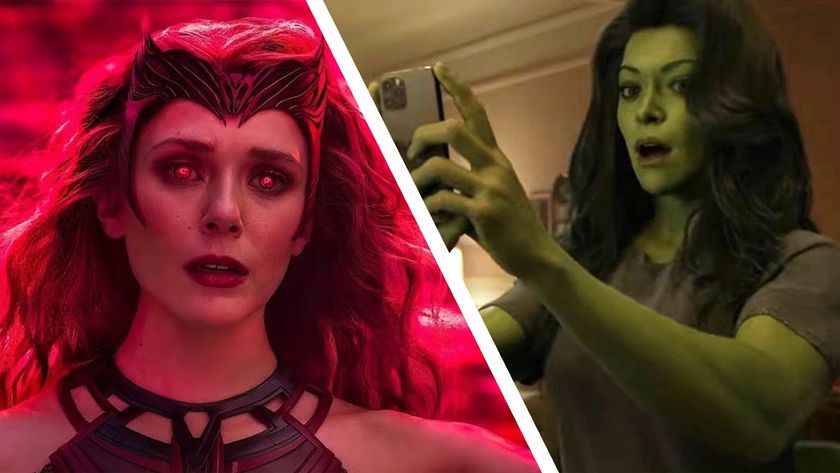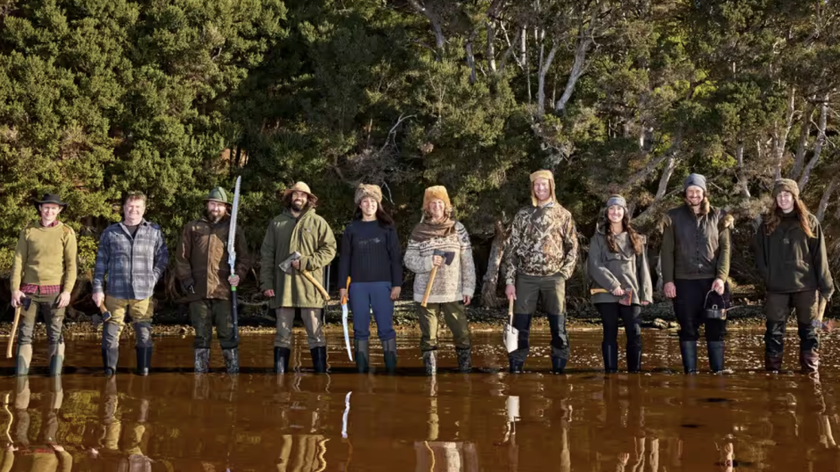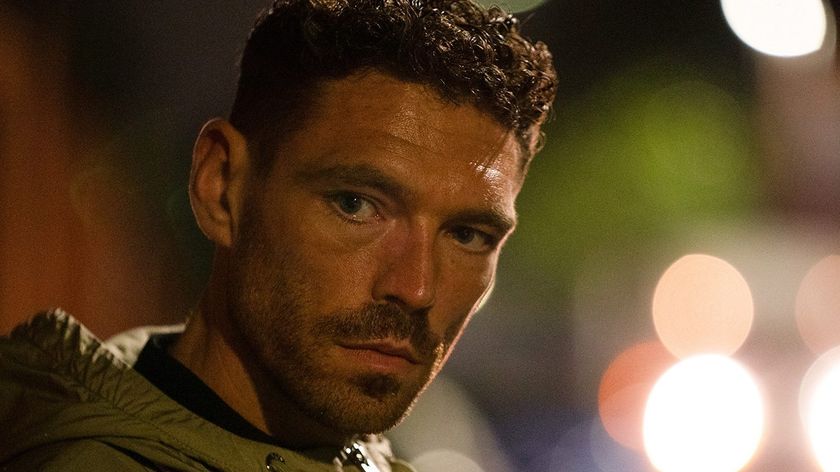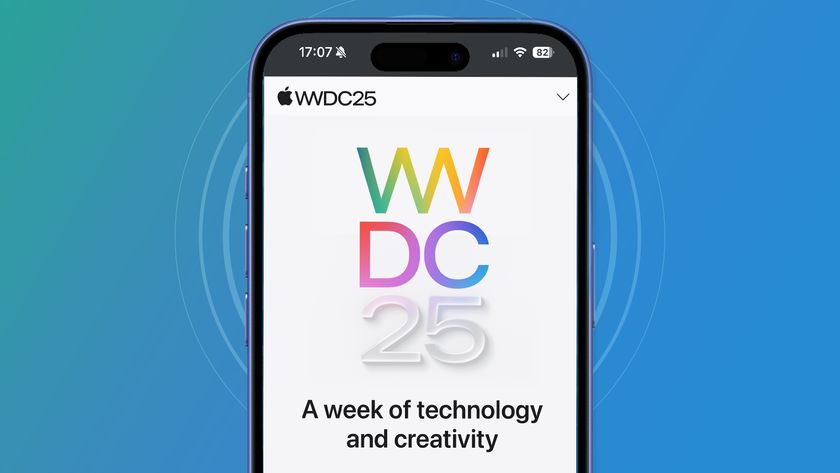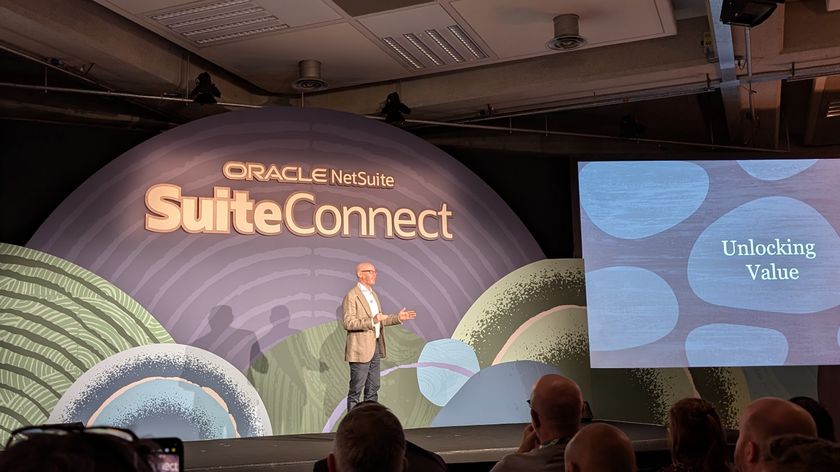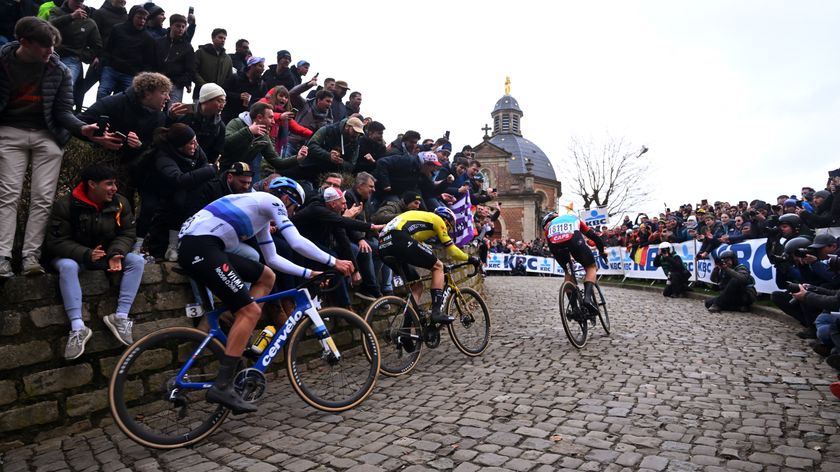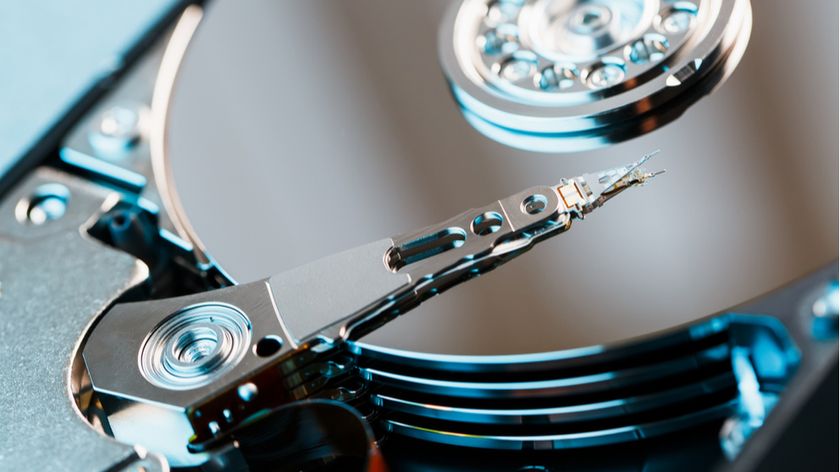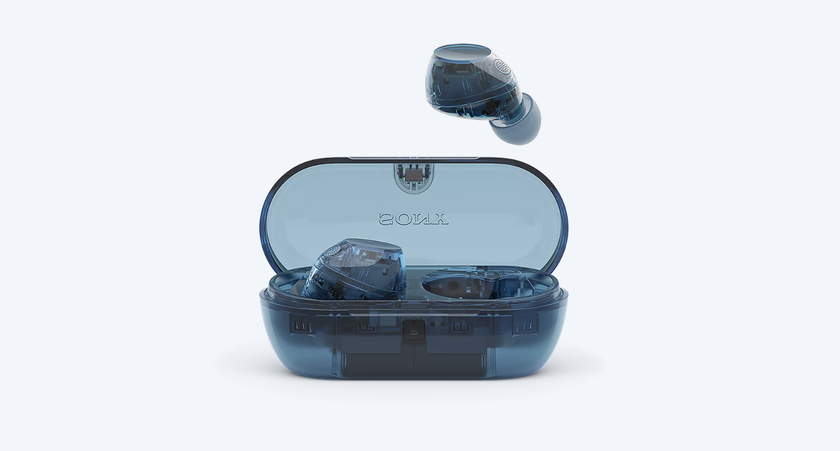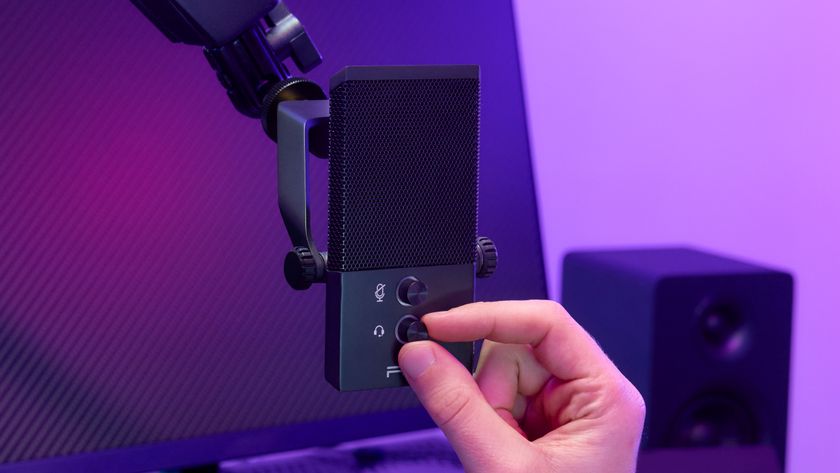Digital switchover: what you need to know
How to make sure you don't get left behind
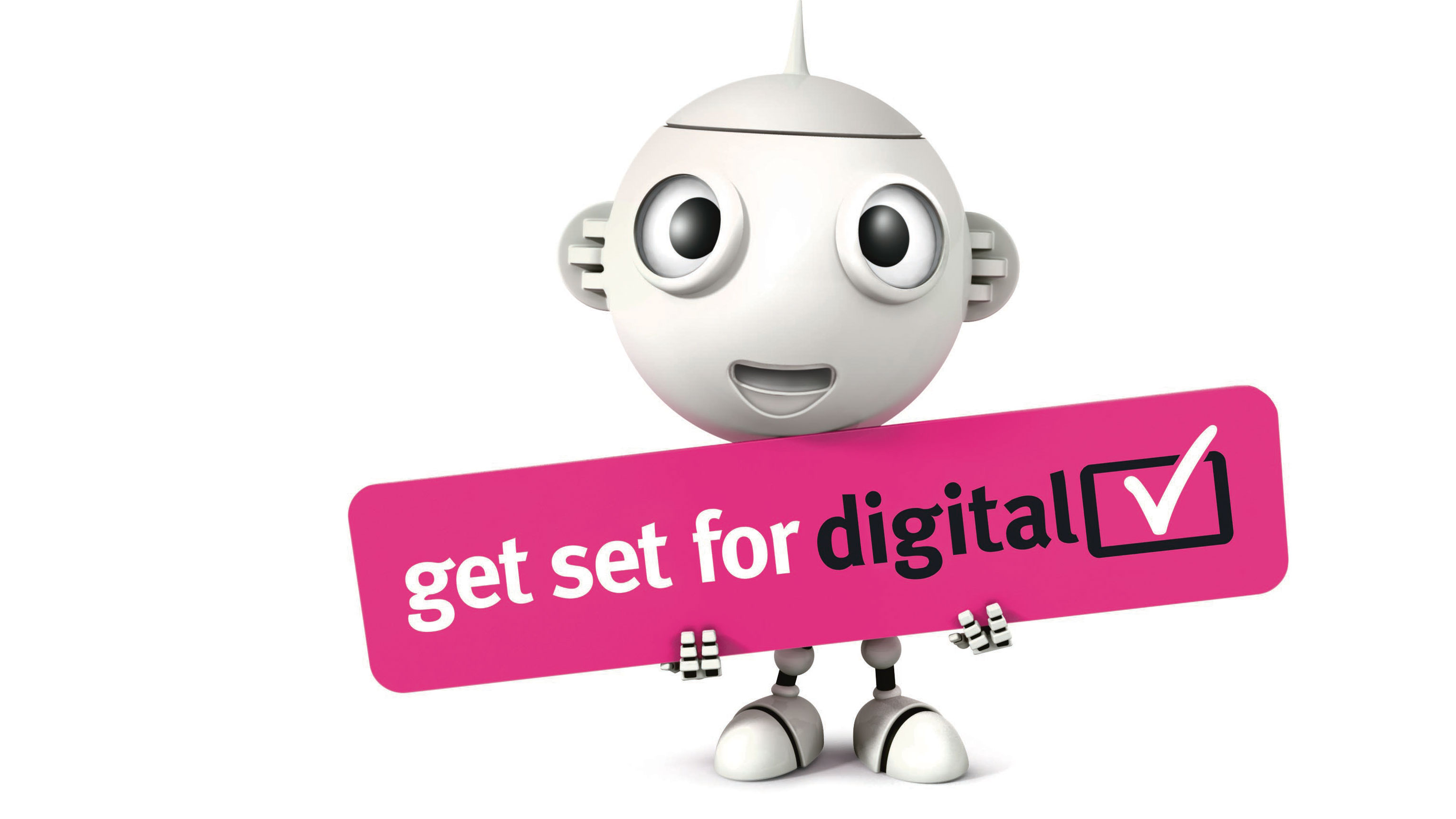
The shutdown of the UK's analogue channels is nearing its final stages.
The UK Government - through its Digital UK agency - is rolling out digital TV broadcasts across the country on a region by region basis, something that should hopefully give you time to get the help, advice and equipment you need to make sure that you're ready.
Now it's the turn of London and surrounding areas - some seven years after the Government first mooted the switchover and five years after the first analogue transmitters were turned off in Cumbria.
London has already lost BBC Two. The move is the first stage of the switch-off of the analogue signal in these parts, with the rest of the signals going on April 18.
Most areas have already switched but if you're in Tyne Tees or Meridian, your switchover is also still in progress.
Post-switchover, Freeview viewers have been be happy with the greater selection of channels, red button services and PVR functions (eg pausing live TV, series link) but, hardware makers and pay-TV providers aside, the real winners of switchover will be the Government, who expect to reap somewhere between £5bn and £10bn from selling off the analogue spectrum.
London digital switchover is here
Switchover is a two-stage process with BBC2 going digital first, followed by the remaining analogue channels on April 18. In this way the viewing public is given a chance to address reception problems caused by the loss of just one channel before the rest disappear.
Get daily insight, inspiration and deals in your inbox
Sign up for breaking news, reviews, opinion, top tech deals, and more.
Deborah Bain, London Manager for Digital UK, said this morning: "This is the biggest day for TV in London since Crystal Palace started broadcasting 56 years ago."
"From today, thousands of viewers across the capital and beyond can receive more channels and better quality pictures.
"Anyone who still hasn't switched to digital should prepare for 18 April when the last analogue channels will be permanently switched off. We urge everyone to get ready now – don't leave it until the last minute."
It's estimated around one in ten households in London isn't ready for the switchover, and the Digital UK website has already seen over 18,000 hits since the move.
Digital UK estimated a week ago there were around a million analogue only sets still in use – these would generally be secondary sets in bedrooms and kitchens but they still need to be readied for the switchover.
Freeview HD is also available post-switchover (check coverage here) a service that now provides not only the same standard definition channels that Freeview currently hosts, but also high-definition offerings from the BBC, Channel 4 and ITV.
These new high-def channels are free to view, so there is no subscription necessary. The only cost comes from the fact that anyone wanting to view the new service will have to buy a new Freeview HD-compatible set-top box or a Freeview HD TV with a DVB-T2 tuner to decode the HD transmissions.
Non HD Freeview tuners – in both televisions and set-top boxes – can't decode Freeview HD signals and can only receive the existing standard definition channels.
Switching over: what you need to do
Apart from the fact you have little choice, the transition to digital TV offers a number of benefits. The first of these is that you'll have a much wider selection of channels than the four or five available now.
You'll also be able to enjoy digital radio, without the need for a separate DAB receiver, and will also be able to take advantage of Digital Teletext / Ceefax - a much more advanced version of the blocky, slow-loading analogue service you may be used to.
Now and on April 18 in London, all digital TVs, digiboxes and Freeview+ recorders need to be retuned. If you just want to get Freeview for an analogue TV, you need a digibox starting from around £20. You can also get Freeview HD kit - though you'll need to check this is available in your area.
You can, alternatively, take out a Sky or Virgin subscription.
If you're not in London don't do anything on these dates - your area has already switched over with the exceptions of Tyne Tees or Meridian where your switchover is still in progress.
if you're on Virgin Media cable or Sky, you're unaffected by the switchover.
The biggest headache about digital switchover for many people will be the need to upgrade or replace their existing TV equipment, which - you should remember - doesn't just include that old CRT in your living room, but other TVs in your home too.
Digital TV options explained
- You already have (or you can buy) a Freeview or Freeview HD digibox or Freeview (or Freeview HD)-ready TV bought over the last few years - just retune.
- Take out a digital satellite TV subscription with Sky.
- Take out a digital cable TV subscription with Virgin Media if your area is covered.
- Get Freesat from Sky - a free-to-air satellite TV service that offers over 200 free-to-air channels with no monthly fee. All you have to pay for is a digital satellite set-top box, which Sky will supply and fit for £175.
- Get Freesat from the BBC and ITV. This new service delivers over 150 free-to-air radio and TV channels via satellite. All you have to do is cough up for a one-off payment of £50 for a basic set-top box, plus another £80 for installation. Costs for the boxes will be higher if you also want to record your favourite shows or take advantage of Freesat's high-definition programming (around £120). Freesat compatible boxes and advice are available from high street stores like Argos, Comet, Currys and John Lewis.
The final estimated costs to the consumer, based on using a £20 entry-level digibox for each analogue TV and VCR, show that the public is expected to spend around £800m to convert or replace remaining analogue TVs and VCRs.
In reality, the cost will probably exceed £1bn, since many people will use superior digiboxes and PVRs or deciding to go for cable ro . On top of that, it is believed that over a third of the country's 14m aerials need upgrading at a cost of between £60 and £180 each, which equates to between £840m and £2.52bn heading into the pockets of the aerial installation industry.
Need help going digital?
Digital UK committed £200m to publicise switchover from 2007 to now. Every household still to switchover will have received a switchover leaflet while there have also been numerous roadshows, a barrage of local advertising in places like the Tube and onscreen messages on the analogue channels.
A Switchover Help Scheme offers practical guidance to roughly seven million less techno-savvy viewers and households on low incomes. Eligible people include those aged 75 years or over; anyone who has lived in a care home for six months or more; those on certain disability benefits and anyone registered blind or partially sighted.
Eligible households get one Freeview box installed and demonstrated plus follow-up support. There is a fee of £40 for the help, which is waived for those on income support, job seeker's allowance or pension credit, who do not have to pay.
Digital UK's task is complicated by the fact that as there is no simple solution to going digital, there remains a strong possibility that uninformed consumers will spend money on inappropriate equipment.
Switchover problems
Another less obvious cost of switchover is increased power usage. Digiboxes are less energy efficient than IDTVs as they introduce a second power supply and also consume a significant amount of electricity in standby mode.
Higher electricity consumption also means higher CO2 emissions, so digital switchover is making an unwelcome contribution to global warming (especially as the process is being repeated globally). So much for the costs, what about the logistics of the switchover?
Apart from 13 per cent of secondary TVs remaining unconverted the main issue with the initial region-by-region switchovers were that many viewers lost their digital channels because they failed to retune their equipment.
Although the digital terrestrial signal will only reach 98.5 per cent of the country (the same as analogue), most reception problems will be caused by ineffective aerials or downleads (digital TV is far less tolerant than analogue in dealing with interference and the picture breaks up or disappears rather than appearing fuzzy or ghosted). A simple check is to ask neighbours what their reception is like.
As for the number of channels, many people do not realise that 10 per cent of homes receive their signals from relay transmitters that can only carry around 20 of the 40 Freeview channels. Not all homes will get minor commercial channels.
A similar problem emerged in Exeter where the St Thomas relay transmitter serves around 19,000 homes and many people complained that they were misled.
Digital UK spokesman Joe Smithies said of Exeter: "We certainly did not mislead people. We were absolutely clear about what services would be available from relay transmitters. What we don't do is provide universal coverage of commercial channels. There is not sufficient spectrum for all the transmitters to carry [them]."
Dan (Twitter, Google+) is TechRadar's Former Deputy Editor and is now in charge at our sister site T3.com. Covering all things computing, internet and mobile he's a seasoned regular at major tech shows such as CES, IFA and Mobile World Congress. Dan has also been a tech expert for many outlets including BBC Radio 4, 5Live and the World Service, The Sun and ITV News.
